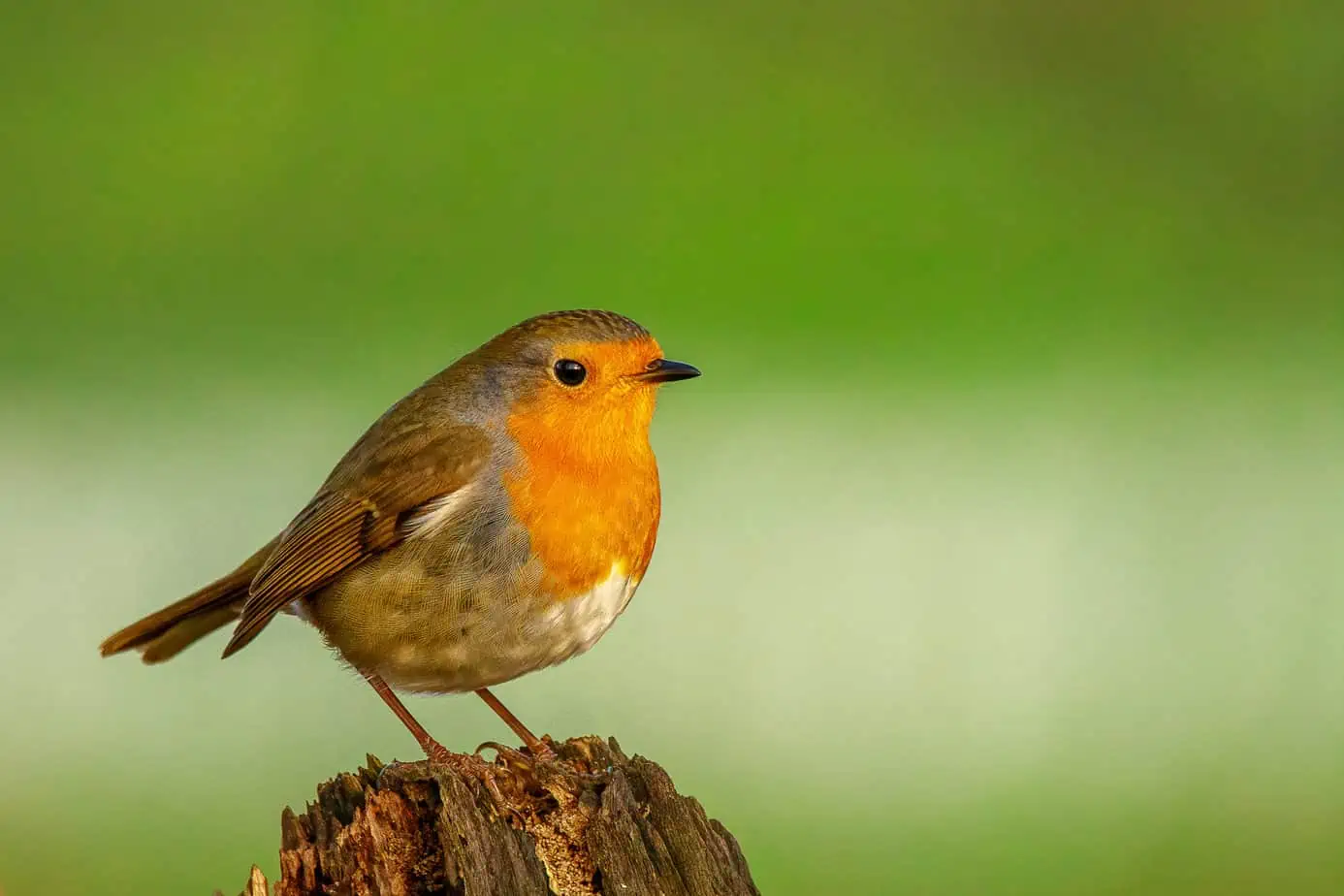Bird identification aids and apps
Who’s tweeting? A question that golfers often ask themselves. You can learn how to identify bird calls on golf courses in bird identification courses run by bird protection organizations, but technical aids such as bird call apps can also help. Here is our current overview of bird identification options.
As in the great outdoors in general, loud birdsong on golf courses in particular is also an integral part of the natural scenery. Birds are an important part of the ecosystem and the species that appear are regularly recorded during censuses to look out for endangered species (e.g. “hour of the winter birds”). It is not easy to recognize bird calls, as many of the animals have similar voices. If you want to recognize the differences, you can either obtain information from bird protection organizations such as the German Nature and Biodiversity Conservation Union (NABU) and its regional associations or take part in their bird identification courses.
So-called bird call apps can also be used as a technical aid for identifying bird species based on their calls. The German Society for the Protection of Birds (LBV ) has tested corresponding bird call apps for species identification in practice. The LBV basically distinguishes between three different types of identification apps: digital versions of an identification book, identification by approximation using a multi-criteria key and automatic identification using artificial intelligence (AI).
Good apps for support
The two apps “Merlin Bird ID from Cornell Lab of Ornithology” and“Der Kosmos Vogelführer” performed well among the 13 apps tested by the experts for different reasons. The free “Merlin ID” app works very well in combination with the “digital guide” to the associated binoculars with built-in camera from Swarovski Optic, but the cost of the high-quality binoculars is very high (2,000 euros). “The Kosmos Bird Guide” (15 euros) is the most comprehensive reference app for bird identification with over 900 bird species from all over Europe based on the classic book by Lars Svensson.
Apps such as “NaturaList” are suitable for recording. It can be used to record observations and transfer them to the ornitho.de platform, which collects all observation data throughout Germany and makes it available for analysis. This app, which can also be used offline, can also display rare species that were last spotted in the vicinity.
According to bird protection organizations, however, the apps should be seen more as technical support for the species knowledge acquired for bird identification. Such apps are also sometimes used for birdwatching in addition to the observers’ own senses. “However, apps are by no means a substitute for solid knowledge of bird identification, as we teach in our course, for example,” says Thomas Hafen, who runs bird identification courses in the LBV district of Starnberg together with Pit Brützel, in an LBV interview.
Ban on sound dummies
NABU, on the other hand, warns against getting animals in front of the camera for the sole purpose of observing or photographing them and attracting the birds with so-called sound dummies. “A one-off disturbance is usually easy to cope with, but if it goes on for a long time or is repeated constantly, with particularly many or intrusive observers, it is very likely that this will lead to reduced breeding success or even the abandonment of the brood,” says Lars Lachmann, NABU Germany’s species conservation officer. In addition, the use of sound dummies or cell phone apps is also prohibited by law. Anyone who violates this prohibition must, in accordance with § 69. 7 of the Federal Nature Conservation Act (BNatSchG) can expect a fine of up to 10,000 euros in Germany.








